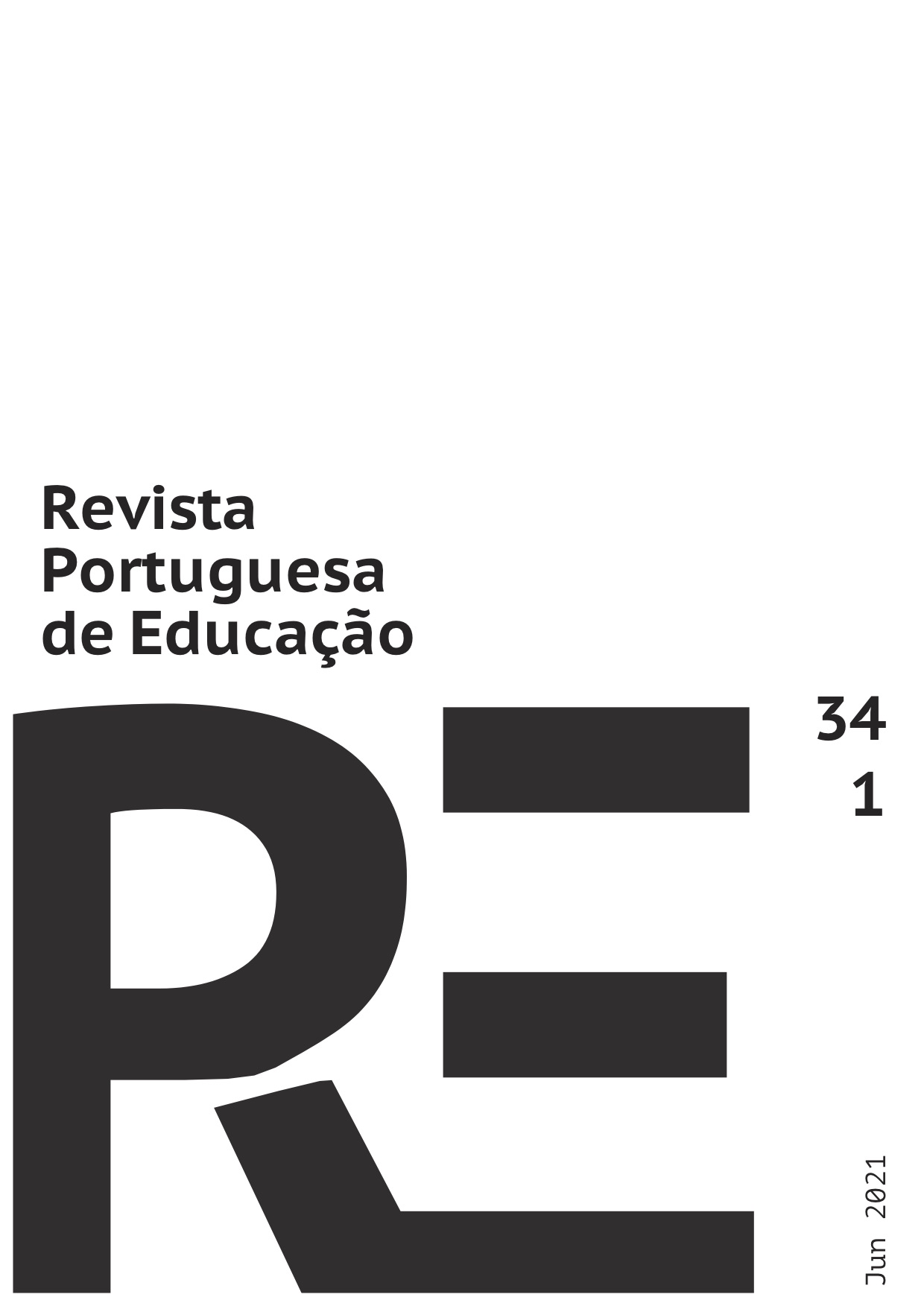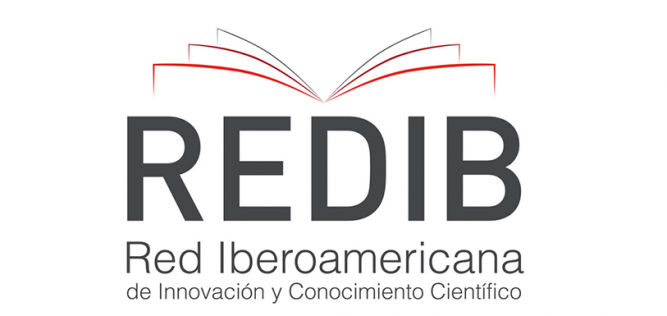Aprendizagens profissionais de professores sobre o ensino de estatística suscitadas por reflexões na análise de um caso multimídia
DOI:
https://doi.org/10.21814/rpe.20709Keywords:
Educação Estatística, formação continuada de professores, capacidade de noticing dos professoresAbstract
This study aims to understand teachers’ professional learning about the teaching of Statistics, evidenced in the reflections elicited by the analysis of a multimedia case based on exploratory teaching practice involving the average. The six teachers participating in a in-service teacher program, focused on in this article, analyzed episodes of the referred case focused on: (i) manifestation by students of components of statistical thinking, and (ii) actions of the teacher in promoting students’ statistical thinking. The theoretical framework that guides the interpretative analysis of the data produced, mainly by participant observation, combines the notion of noticing and three levels of reflection on the practice: descriptive, grounded and critical. The results reveal changes in the nature and incidence of teachers’ reflections about: statistical concepts and the nature of statistical knowledge; ways of conducting a statistics class; and the plausibility of adopting similar practices by themselves. The nature of interactions and episodes, the guiding questions of the case, the cooperative dimension of exploration, and the intentional planning appear as central aspects of the in-service teacher programme that support those changes. It is concluded, therefore, that teacher education contexts with such characteristics can contribute to teacher’s professional learning in the field of Statistics Education, insofar as they promote their noticing skill oriented to the proposed themes.
Downloads
References
Brophy, J. (2007). Discussion. In J. Brophy (Ed.), Using video in Teacher Education (pp.207–304). Bingley, UK: Emerald Group Publishing Limited.
Canavarro, A. P. (2011). Ensino exploratório da Matemática: Práticas e desafios. Educação e Matemática, 115, 11-17.
Chapman, O., & Heater, B. (2010). Understanding change through a high school mathematics teacher’s journey to inquiry-based teaching. Journal of Mathematics Teacher Education, 13(6), 445-458.
Cyrino, M.C.C.T., & Oliveira, H. M. (2016). Ensino exploratório e casos multimídia na formação de professores que ensinam matemática. In M. C. C. T. Cyrino (Ed.), Recurso multimídia para a formação de professores que ensinam matemática: elaboração e perspetivas (pp. 19-32). Londrina, Brasil: EDUEL.
Day, C. (1999). Developing Teachers: the challenge of lifelong learning. London: Falmer Press.
Dreher, A., & Kuntze, S. (2015). Teachers’ professional knowledge and noticing: The case of multiple representations in the mathematics classroom. Educational Studies in Mathematics, 88, 89-114.
Estevam, E. J. G., Cyrino, M. C. C. T., & Oliveira, H. M. (2015). Medidas de tendência central e o ensino exploratório de Estatística. Perspectivas da Educação Matemática, 8(17), 166-191.
Estevam, E. J. G., Cyrino, M. C. C. T., & Oliveira, H. M. (2017). Análise de vídeos de aula na promoção de reflexões sobre o ensino exploratório de Estatística em uma comunidade de professores. Quadrante, 26(1), 145-169.
Gallagher, C. (2019). The use of a multimedia case to prepare classroom teachers of emergent bilinguals. Teaching and Teacher Education, 84, 17-29.
Geerts,W. M., Steenbeek, H. W., & van Geert, P. L. C. (2018). Effect of video-cases on the acquisition of situated knowledge of teachers. International Education Studies, 11(1), 64-80.
Geiger, V., Muir, T., & Lamb, J. (2016). Video-stimulated recall as a catalyst for teacher professional learning. Journal of Mathematics Teacher Education, 19(5), 457-475.
Grant, T. J., & Kline, K. (2010). The impact of video-based lesson analysis on teachers’ thinking and practice. Teacher Development, 14(1), 69–83.
Groth, R. E., & Xu, S. (2011). Preparing teachers through case analyses. In C. Batanero, G. Burrill, & C. Reading (Eds.), Teaching Statistics in School Mathematics - Challenges for Teaching and Teacher Education: A Joint ICMI/IASE Study (pp. 371-382). London: Springer.
Hatch, T., & Grossman, P. (2009). Learning to look beyond the boundaries of representation: Using technology to examine teaching. Journal of Teacher Education, 60(1). 70-85.
Jacobs, V. R., Lamb, L. L., Philipp (2010). Professional noticing of children’s mathematical thinking. Journal for Research in Mathematics Education, 41(2), 169-202.
Krainer, K. (2003). Teams, communities & networks. Journal of Mathematics Teacher Education, 6(2), 93-105.
Lopes, C. E. (2008). O ensino da estatística e da probabilidade na educação básica e a formação dos professores. Cadernos Cedes, 28(74), 57-73.
McDonald, M., Kazemi, E., & Kavanagh, S. (2013). Core practices and teacher education pedagogies: A call for a common language and collective activity. Journal of Teacher Education, 64, 378–386.
Menezes, L., Oliveira, H., & Canavarro, A. P. (2015). Inquiry-based teaching: The case of Célia. In U. Gellert, J. Gimenez Rodrigues, C. Hahn, & S. Kafoussi (Eds.), Educational paths to Mathematics (pp. 305-321). Cham, Switzerland: Springer International Publishing. DOI 10.1007/978-3-319-15410-7_20
Muir, T. & Beswick, K. (2007). Stimulating reflection on practice: Using the supportive classroom reflection process. Mathematics Teacher Education and Development, 8, 74–93.
Oliveira, H., & Cyrino, M. (2013). Developing knowledge of inquiry-based teaching by analysing a multimedia case: one study with prospective mathematics teachers. SISYPHUS – Journal of Education, 1(3), 214-245.
Pfannkuch, M., & Ben-Zvi, D. (2011). Developing teachers statistical thinking. In C. Batanero, G. Burrill, & C. Reading (Eds.), Teaching statistics in school mathematics-challenges for teaching and teacher education (A Joint ICMI/IASE Study, The 18th ICMI Study) (pp. 323-333). Springer.
Sherin, M. G., Jacobs, V. R., & Philipp, R. A. (2011). Situating the study of teacher noticing. In M. G. Sherin, V. R. Jacobs, & R. A. Philipp (Ed.), Mathematics teachers noticing: Seeing through teachers’ eyes (pp. 3-13). New York, NY: Routledge.
Stein, M. K., Engle, R. A., Smith, M. S., & Hughes, E. K. (2008). Orchestrating productive mathematical discussions: Five practices for helping teachers move beyond show and tell. Mathematical Thinking and Learning, 10(4), 313-340.
van Es, E., Cashen, M., Barnhart, T., & Auger, A. (2017). Learning to notice mathematics instruction: Using video to develop preservice teachers’ vision of ambitious pedagogy. Cognition and Instruction, 35(3), 165-187.
van Es, E., Tunney, J., Goldsmith, L. T., & Seago, N. (2014). A Framework for the facilitation of teachers’ analysis of video. Journal of Teacher Education, 65(4), 340–356.
van Es, E., & Sherin, M. (2008). Mathematics teachers’ “learning to notice” in the context of a video club. Teaching and Teacher Education, 24, 244–276.
Wild, C., & Pfannkuch, M. (1999). Statistical thinking in empirical enquiry. International Statistical Review, 67(3), 223-265.
Downloads
Published
Versions
- 2022-03-30 (2)
- 2021-07-06 (1)
How to Cite
Issue
Section
License
Copyright (c) 2021 Portuguese Journal of Education

This work is licensed under a Creative Commons Attribution-ShareAlike 4.0 International License.
1. The authors preserve their authorship and grant the Portuguese Journal of Education the right to the first publication. The work is licensed under Creative Commons Attribution License that allows sharing the work with the acknowledgment of initial authorship and publication in this Journal.
2. The authors have the right to take additional contracts separately, for non-exclusive distribution of the published version of their work (e.g. to deposit in an institutional repository or as a book chapter), acknowledging the initial authorship and publication in this Journal.
3. The authors have the permission and are stimulated to post their work online (e.g. in an institutional repository or on their personal website). They can do this at any phase of the editorial process, as it may generate productive changes, as well as increase impact and article citation (see The Open Citation Project).
The work is licensed under Attribution-ShareAlike 4.0 International (CC BY-SA 4.0)




















